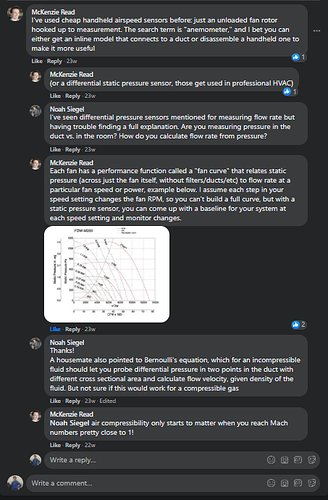https://www.pnas.org/content/117/25/13856
see caleb finch too. and the mexico city pollution study on dogs near roadways and all the plaque they developed
Wear N95/N99 masks when on the subways or near major roadways. Thomas Talheim has a blog (smartairfilters.com) showing that even low-levels of PM1/PM2.5 found in American cities (even NYC/Chicago) are enough to increase inflammation/irritability levels. Do not live within 300 years of a major arterial roadway (esp one populated by trucks or diesel-emitting vehicles). The best air quality is found in US/Canada/ocean-touching areas of Europe. Most of the pollution from automobiles may be from cars causing friction against the asphalt (this is where all electric-powered subway pollution comes from!!), which means that some protection against PM2.5 is necessary even when we transition to all-electric (the amount of PM2.5 emitted here scales nonlinearly with the speed by which the car touches asphalt).
Stay away from laser printers (tho my pollution monitors have never picked up signal when they print). Or at least wear a N95 when next to one (though it’s not clear if they will filter out EVERYTHING - thoams talhelm says they PROBABLY filter out even the nanoparticles but one cannot be too sure). I totally remember feeling intense regret when forgetting to wear one when I randomly bolted from a group restaurant in Kotor, MNE and kept on having to face diesel fumes (luckily the PM2.5 never went above 15 during the isolated moments when a truck passed by me, but it still HURT)
Blast and sqair have best air purifiers
for monitors - https://smartairfilters.com/en/blog/best-pm2-5-air-quality-monitors-in-2021/
If you want to go to a unique extreme, semiconductor fabs have the most heavily filtered air ever - Semiconductor | Camfil
[how many particles per day does one breath in from PM2.5 of 7.5 (keep in mind that AVERAGE LIFETIME ingestion of PM2.5 is more like 10-15 integrated across a zillenial’s lifetime), and how does that compare to average daily intake of microplastics?]




